0% Financing Available
Are Your Outdoor Electrical Outlets Safe for Summer Use?
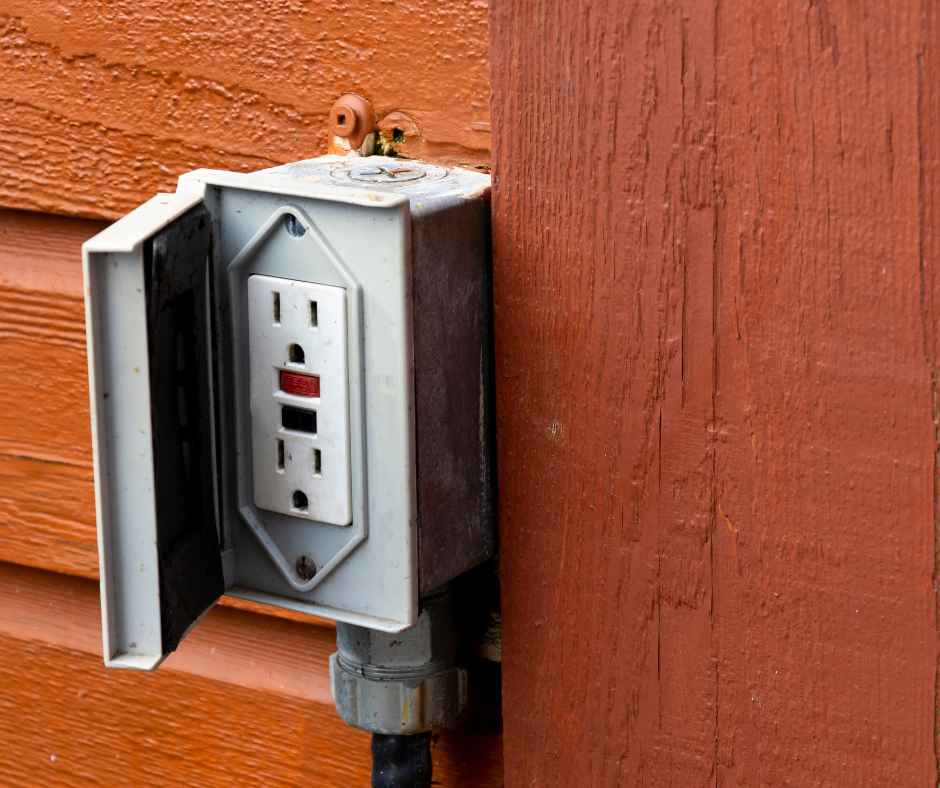
Summer is the season of barbecues, poolside fun, and nonstop use of fans, air conditioners, and outdoor appliances. With all that extra activity, your home’s electrical system—especially your outlets—can be pushed to the limit. Many homeowners don’t realize how much added strain summer can place on their wiring and outlets until something starts to go wrong. And with humidity, heat, and the occasional thunderstorm in the mix, the risk of electrical hazards goes up significantly. Whether you’re plugging in a patio string light or running a window AC unit, safety should always come first.
In this blog, we’ll break down the signs your outlets may be unsafe, common causes of issues, and how to ensure your outlets are summer-ready.
Why Electrical Outlet Safety Matters in Summer
As temperatures rise and daylight stretches longer, homes rely more heavily on electricity. Air conditioners run around the clock, outdoor kitchens power up grills and mini-fridges, and backyards glow with string lights and garden features. Each of these conveniences adds load to your electrical system—and if your outlets aren’t up to the task, the risks can stack up fast.
One of the biggest summer-specific concerns is moisture exposure. Outlets in or near outdoor spaces are vulnerable to humidity, splashes from pools or sprinklers, and sudden summer storms. When water meets electricity, it creates a serious shock or fire hazard.
Then there’s heat itself. Overworked outlets or outdated systems can overheat, especially when appliances like window units or portable fans are drawing current for hours at a time. Add in the increased use of power strips, extension cords, or multiple appliances on a single circuit, and the chances of an electrical overload grow significantly.
Finally, with kids home from school and more guests visiting, your outlets may see more frequent and less cautious use—making features like tamper-resistant outlets and grounded wiring more important than ever.
Ensuring your outlets are safe and properly functioning during the summer isn’t just a convenience—it’s a critical step in protecting your home and family.
Common Outlet Hazards to Watch For
When summer rolls around, the wear and tear on your outlets can reveal hidden electrical dangers. Recognizing these risks early can help you prevent larger problems—and keep your home safe when energy use is at its highest.
Signs Your Outlets Might Be Unsafe
Keep an eye out for these warning signs:
- Frequent circuit breaker trips when plugging in fans, AC units, or pool equipment
- Outlets that feel warm or hot to the touch, even when not in use
- Buzzing or crackling sounds when plugging or unplugging devices
- Discoloration, scorching, or melted marks around the faceplate
- Loose plugs that fall out or won’t stay secure in the outlet
- Smell of burning plastic, which could indicate a short or overheating wires
These symptoms suggest your outlets may be damaged, overloaded, or outdated—and they should never be ignored.
What Causes These Problems
Several factors can contribute to outlet issues, especially during the summer:
- Overloaded circuits from plugging in multiple high-demand appliances
- Old, ungrounded outlets that can’t handle today’s energy needs
- Damaged internal wiring from wear, pests, or moisture
- Improper use of extension cords or daisy-chained power strips
- Missing or malfunctioning GFCIs in areas exposed to water
Understanding the causes can help you spot and address risks before they lead to an electrical fire or shock.
How to Make Sure Your Outlets Are Safe for Summer
Whether you’re plugging in an outdoor fan or charging devices after a day in the sun, safe outlet use starts with smart checks and upgrades. While some steps are DIY-friendly, others call for a licensed electrician’s expertise—especially when your home’s safety is on the line.
DIY Safety Checks You Can Do
Not all outlet safety requires professional tools. Start with these simple inspections and habits:
- Test GFCI outlets using the built-in “test” and “reset” buttons to ensure they’re functioning properly.
- Use an outlet tester, an inexpensive tool that plugs in and shows wiring issues like reversed polarity or missing grounds.
- Avoid overloading outlets by plugging multiple high-wattage devices (like an AC unit and microwave) into the same circuit.
- Unplug unused electronics, which helps reduce phantom load and prevents overheating.
- Use weatherproof outlet covers outdoors to protect against moisture, even when cords are plugged in.
- Avoid using indoor-rated extension cords outside, especially in wet or high-traffic areas.
These checks are a great way to reduce risks and spot potential issues early.
When to Call a Professional
While DIY checks are helpful, they won’t catch every hazard. Call an electrician if you notice:
- Sparking, smoking, or warm outlets, even after reducing load
- Repeated breaker trips with no obvious cause
- Two-prong outlets in older homes that lack grounding
- Loose or wobbly outlets that move when you plug or unplug a device
- Adding new outlets for outdoor kitchens, patios, or pools
- Outlets without GFCI protection in bathrooms, kitchens, garages, or outdoor areas
An experienced electrician can ensure your system is not only safe, but also up to code—especially important before summer’s peak energy demand.
Preventative Electrical Tips for a Safe Summer
Once your outlets are in good working order, a few ongoing habits and smart upgrades can help you keep things running smoothly all summer long. A little prevention can go a long way toward avoiding costly repairs—or worse, electrical fires.
Here are some proactive tips to maintain outdoor outlet safety and home efficiency:
- Install GFCI outlets in all moisture-prone areas, including outdoor locations, kitchens, bathrooms, and garages.
- Upgrade to tamper-resistant outlets, especially in homes with young children or frequent guests.
- Have an electrician inspect your panel to make sure it can handle increased summer demand.
- Limit daisy-chaining power strips, which can quickly overload a single circuit.
- Opt for LED outdoor lighting, which uses less energy and produces less heat.
- Schedule an annual electrical inspection, especially in older homes, to stay ahead of hidden problems.
- Store extension cords properly when not in use, and never run them under rugs or furniture.
- Label outdoor outlets clearly, so it’s easy to reset the right breaker if one trips.
These small changes and safety checks can protect your family and give you peace of mind while enjoying everything summer has to offer.
Wrap-Up: Don’t Overlook Electrical Outlet Safety This Summer
Summer should be a time of fun and relaxation—not electrical hazards. With increased use of fans, AC units, and outdoor appliances, your outlets take on more than usual. Keeping them in safe, working order isn’t just about convenience—it’s about protecting your home from fires, shocks, and costly repairs.
By understanding the signs of unsafe outlets, addressing hazards early, and practicing smart preventative habits, you can keep your household running smoothly and safely all season long. Some simple DIY checks go a long way, but when in doubt, calling a professional is always the safest move.
If you’re unsure whether your outlets are ready for summer or if you’ve noticed warning signs, don’t wait. Contact Chesapeake Electric today to schedule an electrical safety inspection or outlet upgrade before the heat kicks into high gear.
Recent Posts
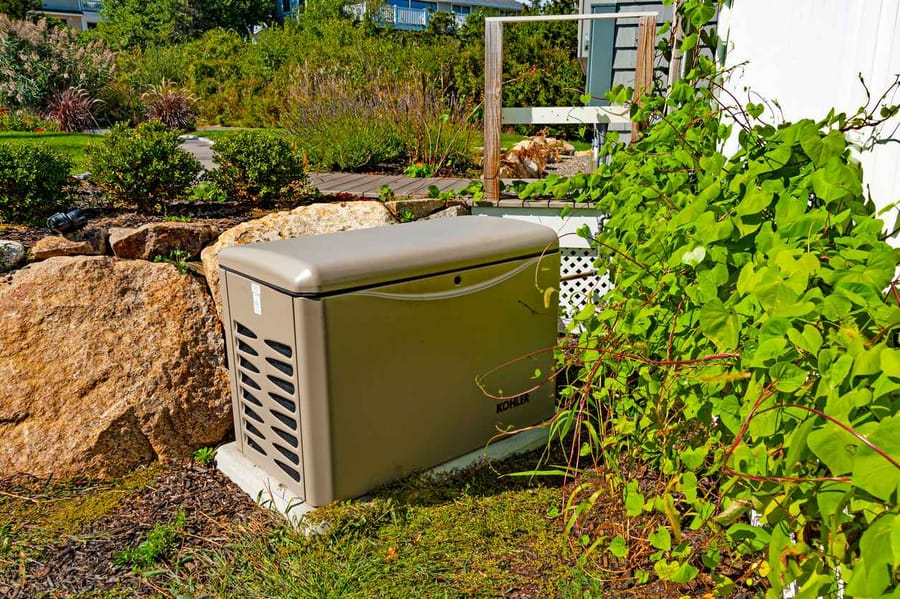
November 21, 2025

November 21, 2025
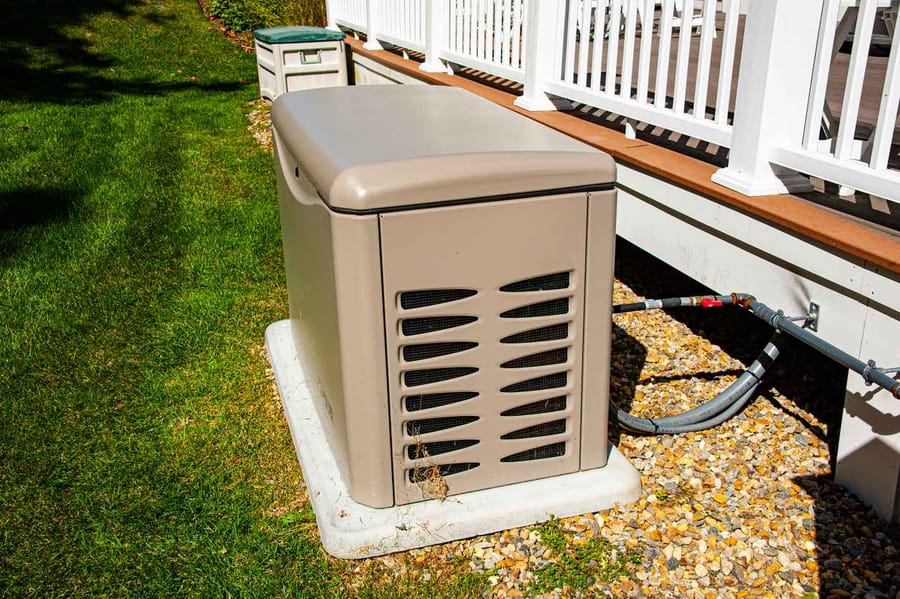
November 21, 2025
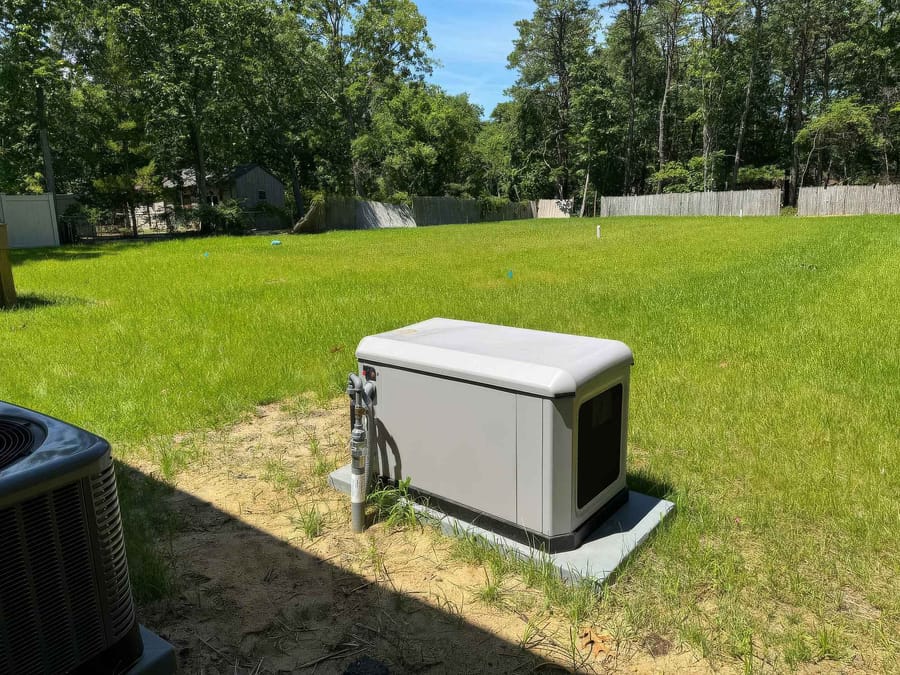
October 29, 2025

October 29, 2025
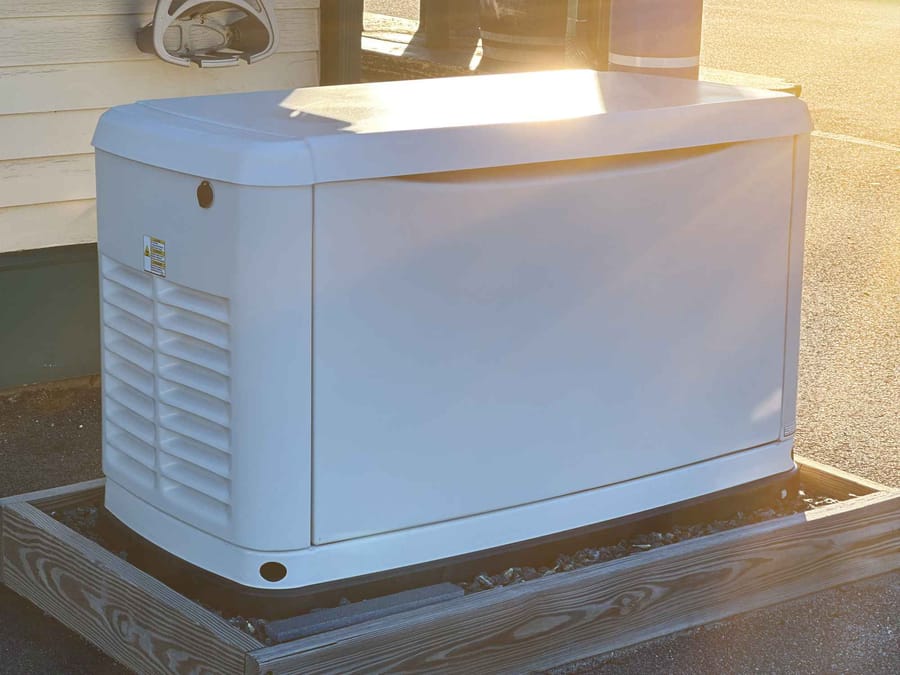
October 29, 2025
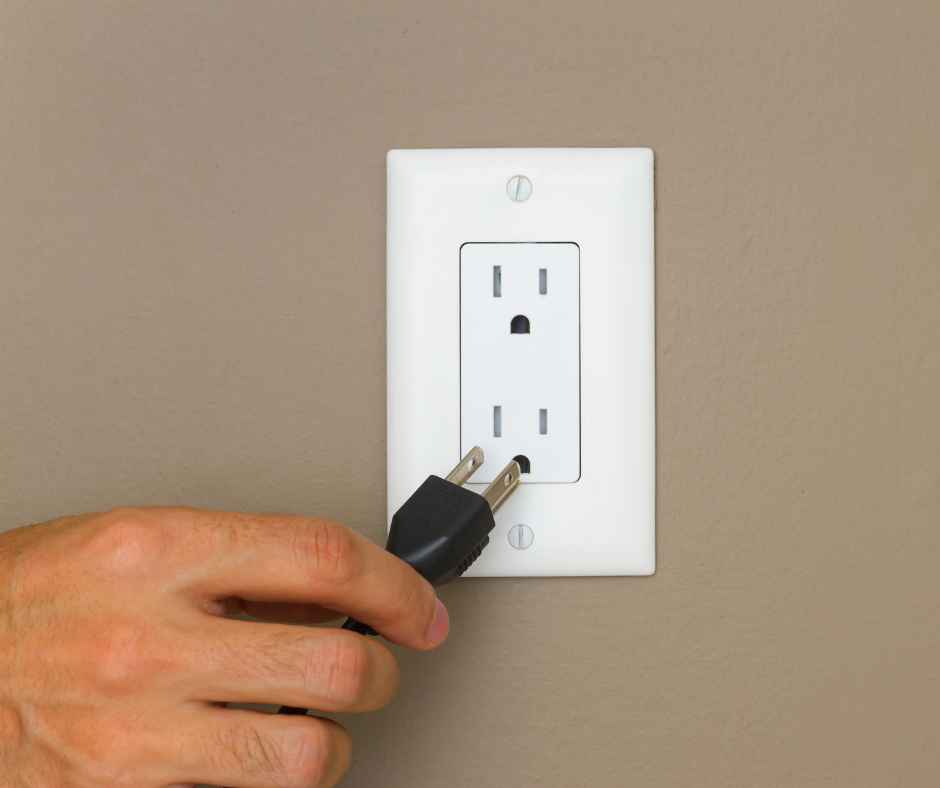
September 26, 2025